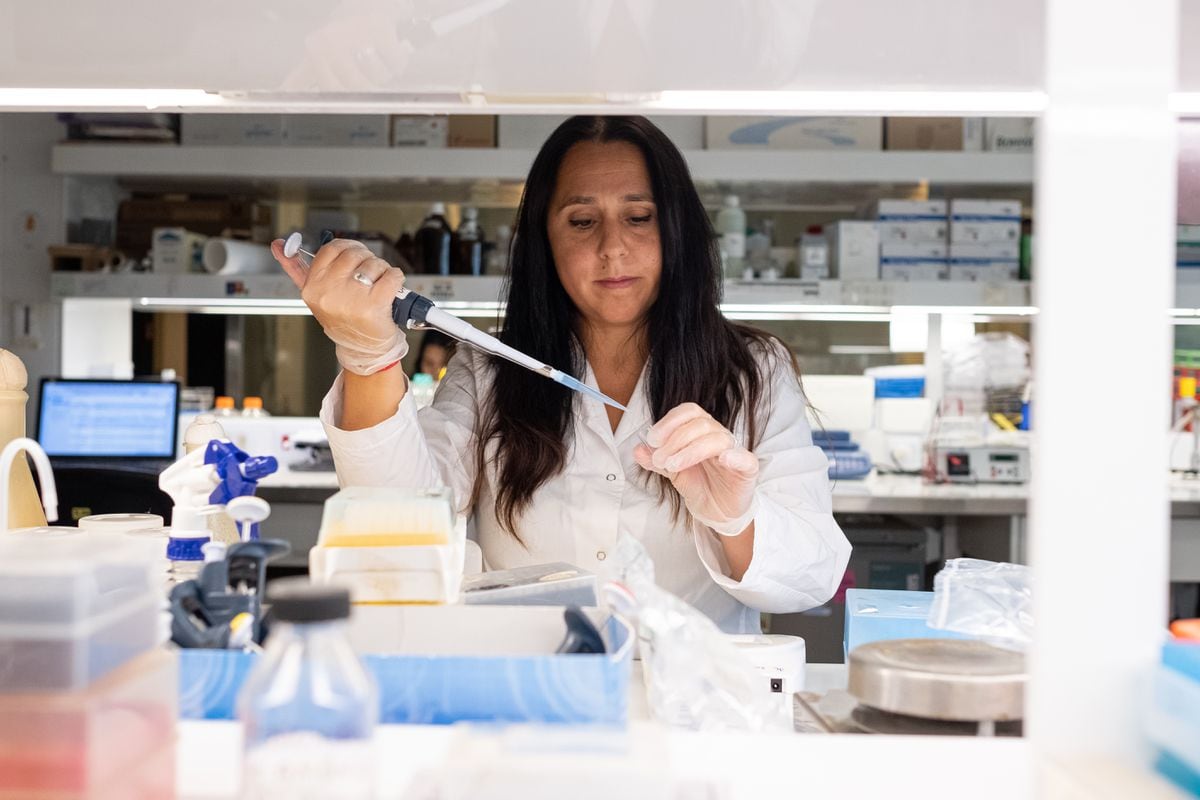What distinguishes the covid-19 BA.2 subvariant from the omicron?
0:54
(CNN Spanish) -
Many wonder what the future of the coronavirus pandemic will be.
Could there be a variant that takes us back to what we live in 2020?
That is the big question that scientists try to answer.
The virus is unpredictable, it has shown in these years of pandemic.
What worries the researchers the most?
Dr. Huerta does a review in this episode.
You can listen to this episode on Spotify or your favorite podcast
platform
, or read the transcript below.
Hello, I am Dr. Elmer Huerta and this is your dose of information about the new coronavirus, information that we hope will be useful to take care of your health and that of your family.
What will happen to the coronavirus pandemic?
Many people wonder what will happen in the coming months with the new coronavirus and therefore with the pandemic.
advertising
What can bring us back to the zero point?
Is it the family of the omicron variant, BA.1, BA.2 and BA.3, that currently predominates, the last variants and subvariants that we will see or other aggressive mutations?
Or is it that, despite new variants appearing, the next ones will be relatively benign and allow us to live with them?
In reality, as the pandemic itself has taught us, it is very difficult to predict the future.
Let us remember, as we heard in the episode of November 29, 2021, that when we already thought that the decline of the delta variant was announcing the endemic phase of the disease, the announcement came that a new variant —the omicron— had been discovered. .
Today we will see what are the main ideas about what could be expected in the coming months with the virus and, therefore, the pandemic.
When studying the impact of an epidemic on public health, three important elements are analyzed: the infectious agent, the host and the environment.
Let's first look at the infectious agent of covid-19, in this case the new coronavirus.
The infectious agent of covid-19
Knowing that the original or wild virus was an RNA virus - known for its high potential for mutation - and that it was feared that from the first moment it began to infect the first people it would begin to mutate.
And that's what happened.
As we heard on the July 1, 2020 episode, the first documented mutation of the virus was G614D, which was discovered first in Europe and then in the United States, showed up in the virus spike, and was thought to increase its infectious capacity.
Later we got used to hearing of new mutations, perhaps, as we heard in the episode of January 5, 2021, the announcement of the alpha variant in the UK at the end of December 2020 that started the long list of variants. to which we have become accustomed.
We have then had the beta, delta, gamma, epsilon and mu variants, among others, the latter being the omicron and its sister, or subvariant, the BA.2.
Having then this context, and when there are still millions of infections in the world, it is very likely that new mutations will occur in the future.
The big question is: What kind of mutations will those be?
Will they be relatively benign like ómicron and BA.2, or is it possible that there will be a completely unexpected mutation that will return us to zero?
Will a mutation appear that will return us to the beginning of everything?
Scientists can't predict the future, but in a recent op-ed in
The New York Times
, American researchers speculate—based on what science has discovered so far—what the direction of the next mutations might be.
In the evolutionary process that leads to their persistence, experts say, viruses try to achieve two important properties: first, to be increasingly infectious, and second, to evade the neutralizing antibodies produced against them by vaccines or natural disease.
And that is precisely what has been achieved by the ómicron variant and its subvariant BA.2, which, on the one hand, are extraordinarily contagious and, on the other hand, are capable of infecting people who have already been vaccinated or who have had the disease, characteristics that have allowed them to cause a very high number of infections in the world.
Although it is impossible to predict whether a more transmissible variant than omicron and BA.2 may emerge, experts say it is very possible that the new coronavirus is reaching the limit in that characteristic.
They give the example of a cheetah, that no matter how fast it is, its speed has a limit that is impossible to overcome.
However, experts say that the characteristic of the virus to evade neutralizing antibodies and to be able to infect vaccinated people and people who have passed the infection could be overcome.
The flu virus, an example of what could happen
In this sense, the new coronavirus could reach the current situation with the flu virus, which constantly mutates and evades antibodies, requiring a different vaccine each year.
But there is another aspect of the evolution of SARS-CoV-2 that is completely unpredictable, experts say.
It is the one that refers to its so-called
evolutionary line
.
In that sense, until the delta variant appeared, all previous variants had originated from a previous variant, as if following an evolutionary line.
That is why when all the scientists expected that a delta-derived mutation would be the next to cause problems, the omicron variant appeared, which surprisingly did not come from the delta variant, but began to form sometime around March 2021 in Africa. and has no relation to delta.
Could the same thing happen again and form a new variant without any relation to those known so far?
No one knows, experts say.
The mystery of the intensity of the disease
The second element in the triad of epidemics is the host, and in this sense we still do not have a firm biological explanation as to why, faced with the same virus, at the beginning of the coronavirus pandemic it was seen that about 80% of people had disease mild or asymptomatic, 15% had more severe disease and 5% had complications and could die.
In this regard, it was only possible to determine that people with certain risk characteristics, obese, with chronic respiratory and cardiovascular diseases, with cancer or immune problems, were more likely to have complications.
This distribution changed with the appearance of vaccines, since it was observed that vaccinated people could become infected and, despite being people with a higher risk of complications, they showed mild signs of the disease.
This last aspect is very important, and the case of Hong Kong demonstrates the value of vaccines in dealing with new variants.
The case of Hong Kong
As we heard in the March 17 episode, the omicron variant, which causes relatively mild illness in people with normal immune systems or in vaccinated people, caused a deadly epidemic in Hong Kong.
In the week of March 3, Hong Kong had the highest number of deaths per million inhabitants on the planet.
The reason for this high mortality is the low vaccination of people over 50 years of age.
This case shows us that the severity of the disease in the host can be reduced by vaccination.
Finally, the third element of the triad of epidemics —the environment— will be determined by the public health policies defined by the authorities after analyzing the epidemiological data that is presented.
In this sense, as we heard in the episodes of March 10 and 17, the situation of the coronavirus pandemic in China is of great concern, because due to the zero covid policy that was implemented since the beginning of the pandemic, the authorities of That country of 1.4 billion people is battling outbreaks that have the potential to spread, causing infections that can give rise to new variants.
What is happening in Shanghai?
This is how confinement is lived in the city 2:59
Will we have to get vaccinated annually?
In short, experts say, it is very likely that the future of the pandemic will be determined by the appearance of variants with high contagiousness and the ability to evade neutralizing antibodies.
That will make us have to get vaccinated annually, like we do with the flu.
The fact that we have been able to modify the severity of the disease with the use of vaccines is very important and reinforces the need to educate the population on the benefits of the vaccine, since without a doubt the new coronavirus has come to stay and will to depend on each one, to protect themselves or not.
Do you have questions about covid-19?
Send me your questions on Twitter, we'll try to answer them in our next episodes.
You can find me at @DrHuerta.
If you find this
podcast
useful, be sure to subscribe to get the latest episode on your account and help others find it by rating and reviewing it on your
favorite
podcast app.
And for the most up-to-date information you can always head to CNNEspanol.com.
Thanks for your attention.
coronavirus









